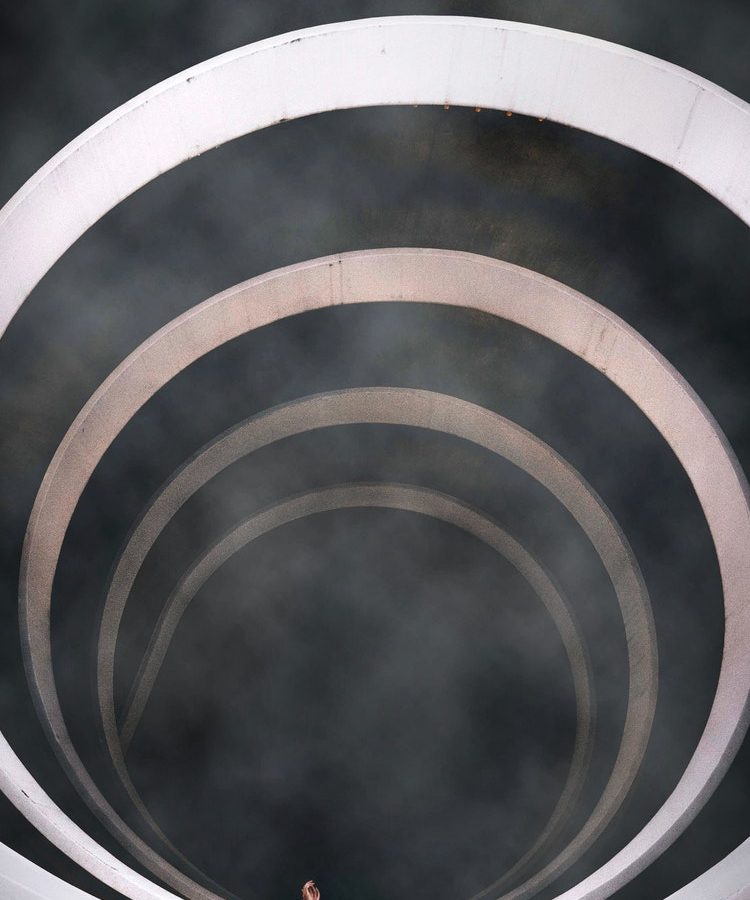Buy Cheap Tramadol 3D paintings are part of the hyperrealism movement, which is a genre of paintings that resemble a high-resolution image. 3D paintings have appeared on both the canvas and the streets. Even though the technique dates back to the 15th century, initially getting off the ground in Italy, it continues to astound people. 3D artists use anamorphosis and perspective to create paintings.
https://www.chrisflannery.com/case/hikapufi/ Viewers need to view 3D paintings from a certain angle and deploy a camera to register the hyperrealistic illusion. Refer to the image of circles on the black canvas with a woman posed before it. Captured on camera, the circles resemble a tornado. As the spirals descend and the viewer becomes more immersed, the spirals become smaller. This technique creates depth and ensures the 3D painting comes alive. Creating 3D artwork is a complex process and requires experience and an in-depth understanding of various tools and techniques.
https://healthybalancebowentherapy.com/work/hoxiqunyj/ Leonardo Da Vinci’s “Leonardo’s eye” is the earliest example of a 3D painting. Compare his painting with this painting to see how 3D artwork has evolved with time.
https://multilingualparenting.com/book/qepomuq/ UK artist Banksy made headlines by creating shocking, satirical 3D street art on walls and streets. Laying this 3D art on a flat surface will generate the same effect.
https://www.zahrfreighters.com/ware/hezynovu/ Artists position 3D paintings on a neutral background and leave some space between both, just as this artist did. This made it easier to capture 3D elements on camera.
3D paintings — whether on the streets, canvas, or digitally generated — offer viewers a realistic perspective. The artist of this 3D masterpiece gave people a unique perspective, making the circles jump off the backdrop. The artist created an aura of a dark whirling void with smoke enhancing the 3D effect.
Buy Tramadol Overnight Delivery
Buy Ambien Pills REALISTIC: Hyperrealism Movement.
Buy 10Mg Valium INFLUENCE: Leonardo Da Vinci’s “Leonardo’s eye.”





